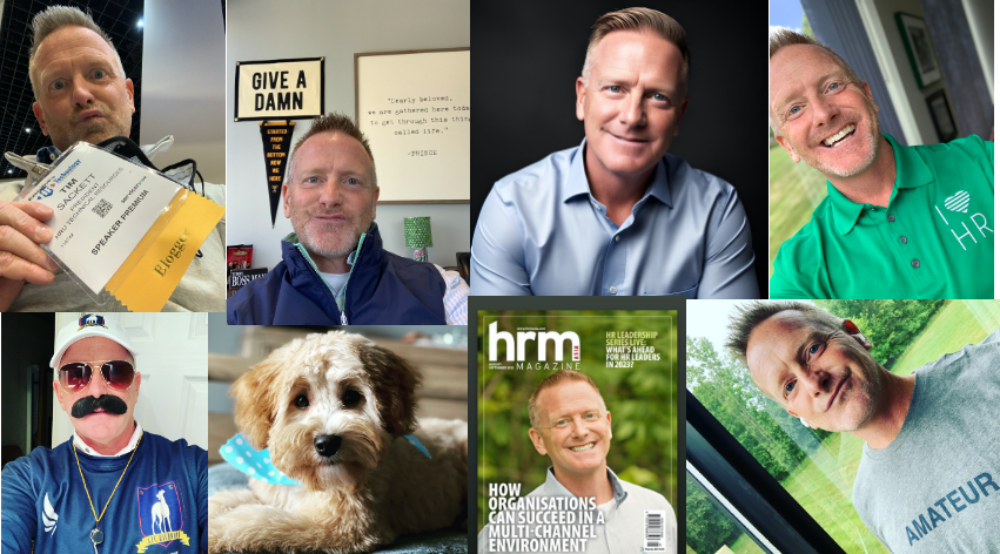I’ve interviewed a ton of people in my career. When I ask people what their normal work week looks like – I “often” hear – “Oh, I work 70-80 hrs per week, all the time!” I instantly know they are lying – because no one works 80 hours per week all the time! Do you really know what 80 hours per week looks like? Here’s some examples”
- 16 hours per day – Monday thru Friday – that’s coming in at 6am and not leaving until 10pm – EVERY day.
or
- 12 hours per day Monday thru Saturday with an EASY 8 on Sunday.
or
- Oh, and by the way, the two above examples must be with paid lunches and breaks.
Liars.
The only way you work 80 hours per week is if you own the place. How much would I have to pay you to work 80 hours per week? Would you do it for $10,000 per week? $520K per year? No you wouldn’t – you would quit after a month or two – now you’re lying to yourself. Heck – most owners aren’t even willing to work 80 hours per week. That’s why so many small businesses fail – people underestimate how much it takes to make a business successful!
“Oh, I would work 80 hours per week if I LOVED what I did.” Really? You think you would still LOVE it after working 80 hours per week, week after week, month after month, year after year? I think it’s incredibly awesome when I meet someone who I truly see Loves their job – you know the type – even if they weren’t getting paid, they would be doing what they’re doing. Unfortunately 99.9% of us aren’t in a position where we can “work” for free – no matter how much we Love it. We have bills, responsibilities – we don’t have daddy or a spouse paying our way – we have real life.
80 hours per week – now you’re thinking about it, right? It’s a lot of time to put forth for one part of your life. How do you get your grocery shopping done? Watch your kids play at school? Get the cat to the vet? Get your haircut? Get your teeth cleaned? See your therapist?!
As HR Pros we put so much time, effort and thought into building our rewards and recognition systems. Many of us think we do this so we can get our employees to give us that extra discretionary effort – to work those hours over 40. To get our employees to want to work 80 hours per week. Unfortunately, most of us have rewards and recognition to just get our people to do the job they were hired for – not extra. When this happens – you no longer have a rewards and recognition system – this now becomes part of their full compensation package. Rewards and Recognition shouldn’t be put in place “to get the job done” – it should be put in place to reward and recognize those who do more.
I know what you’re thinking – “Tim if I could just have a rewards and recognition system that would get my employees to actually work 40 hours, I’d be happy! 80! You’re out of your mind!” Believe me, I understand, but that’s what we do, or should be doing for our organizations. Get great talent, keep great talent, find ways to get that great talent to give us everything they’ve got =’s great HR Pro.
So, what would it take to get you to work 80 hours per week?
